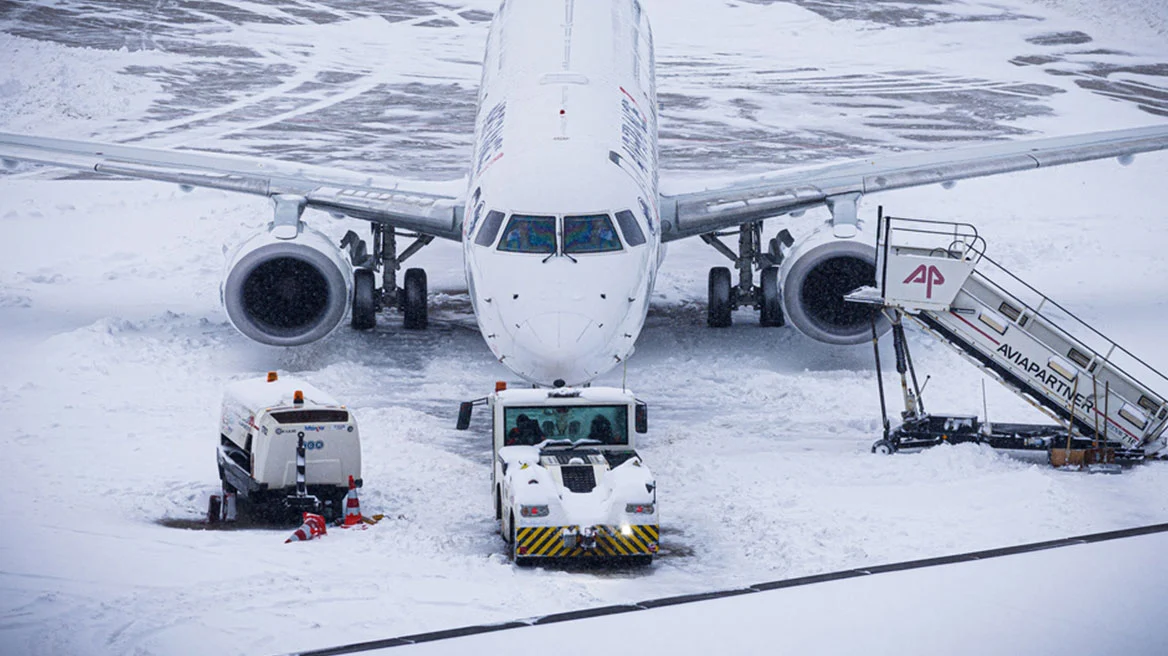Greek seismologists are concerned following a series of eerie subterranean sounds on the island of Lesvos after rich seismic activity in the region. These fears are exacerbated after the new strong earthquake that occurred this morning at 09:38 on the island.
The new earthquake, measuring 4.8 on the Richter scale, just five kilometers east-southeast of Mithymna, occurred three days after the first strong tremor of 4.9 on the Richter scale on January 7, Saturday.
Seismologists are watching the phenomenon with caution for three reasons.
Firstly, as they explain, the possibility of a larger earthquake cannot be ruled out, given that a powerful earthquake has not been recorded in this area in about 150 years.
Secondly, they are unsure if there is a new fracture in the plate, adding that even if it’s the main earthquake, there’s always a strong aftershock further north in another urban center that could seriously damage another settlement.
Thirdly, the heavy seismic history of the region is also one more worrying factor.
The “unknown” constant noise coming from the bowels of the earth after the successive earthquakes is scaring the residents.
The morning earthquake was felt throughout the island and especially in the villages of northern Lesvosthe morning earthquake.
The tremor had a long duration and was accompanied by a loud rumble that disturbed the residents even more due to the low focal depth.
According to reports, residents of the island have been continuously feeling the intense earth roar for several days.
Analysing the phenomenon of deafening rumbles to protothema, the president of the Anti-Seismic Planning and Protection Organisation, Efthymios Lekkas, underlines that this is not an ordinary phenomenon, adding that it is usually manifested in surface earthquakes and especially when we are close to the epicentres of the earthquakes.
These are small fractures of ophiolitic rocks that correspond to very small seismic vibrations that are not recorded. This causes a lasting low rumble and scares the residents.
The effect of the deep sound depends on where we are located, as he explained, including our house structure, the surrounding buildings in the area, and the urban development.
A terrifying roar that accompanied the quake, as Mr. Lekkas recalls, was also noted in the strong earthquake in Arkalochori, Crete on September 27, 2021, but also in the Zarakes area in Evia.
The professor – among other things, said that it is a very positive sign to have such small earthquakes that are not alarming because they put us on alert.
In closing, he underlined that “we are still not sure if the 4.9 Richter earthquake last Saturday was also the main earthquake, expressing his concern about the evolution of the phenomenon.
Referring in general to the duration of an earthquake, the professor said that it is the first clue that the earthquake gives about its size.
In particular, he said that a 3-4 second earthquake is no cause for alarm.
If the duration of the seismic vibration is 10 to 15 seconds, then the earthquake will be of large magnitude.
Meanwhile, seismologist Gerasimos Papadopoulos also did not rule out a larger tremor than the 4.9 on the 7th of January.
He remains cautious about whether the earthquake of 4.9 on the Richter scale on Saturday 7 January in Lesbos was the main one or not.
The Research Director of the Geodynamic Institute and a member of the Seismic Risk Committee, Gerasimos Papadopoulos, speaking to ERT in the morning after the new 4.8 Richter earthquake, expressed his concern, stating:
“4.8 is almost the 4.9 that was the initial earthquake, three days ago. Therefore, we are not at all sure yet. There remains reluctance as to whether or not the 4.9 was the main one. I think it has a way or sequence ahead and I want a lot of attention from all points of view,” he stressed.
Ask me anything
Explore related questions





